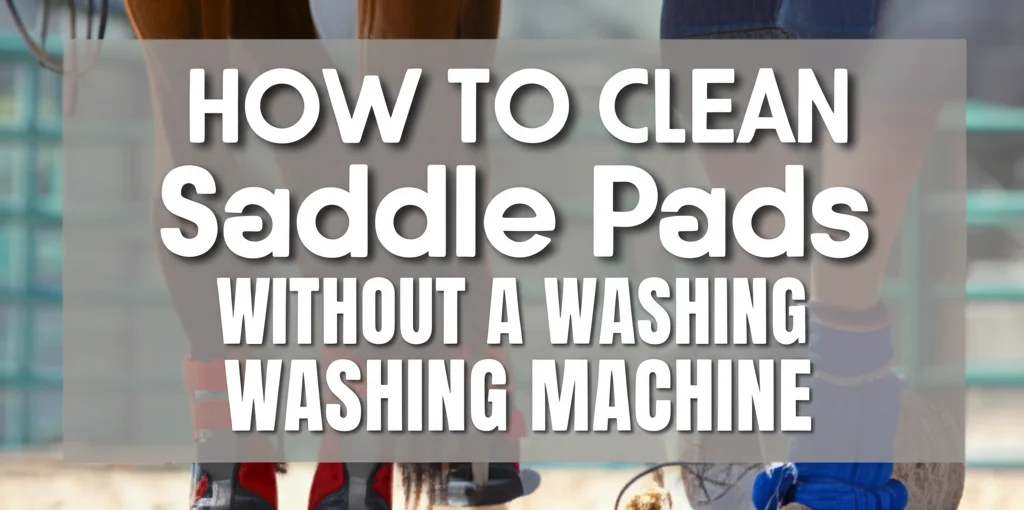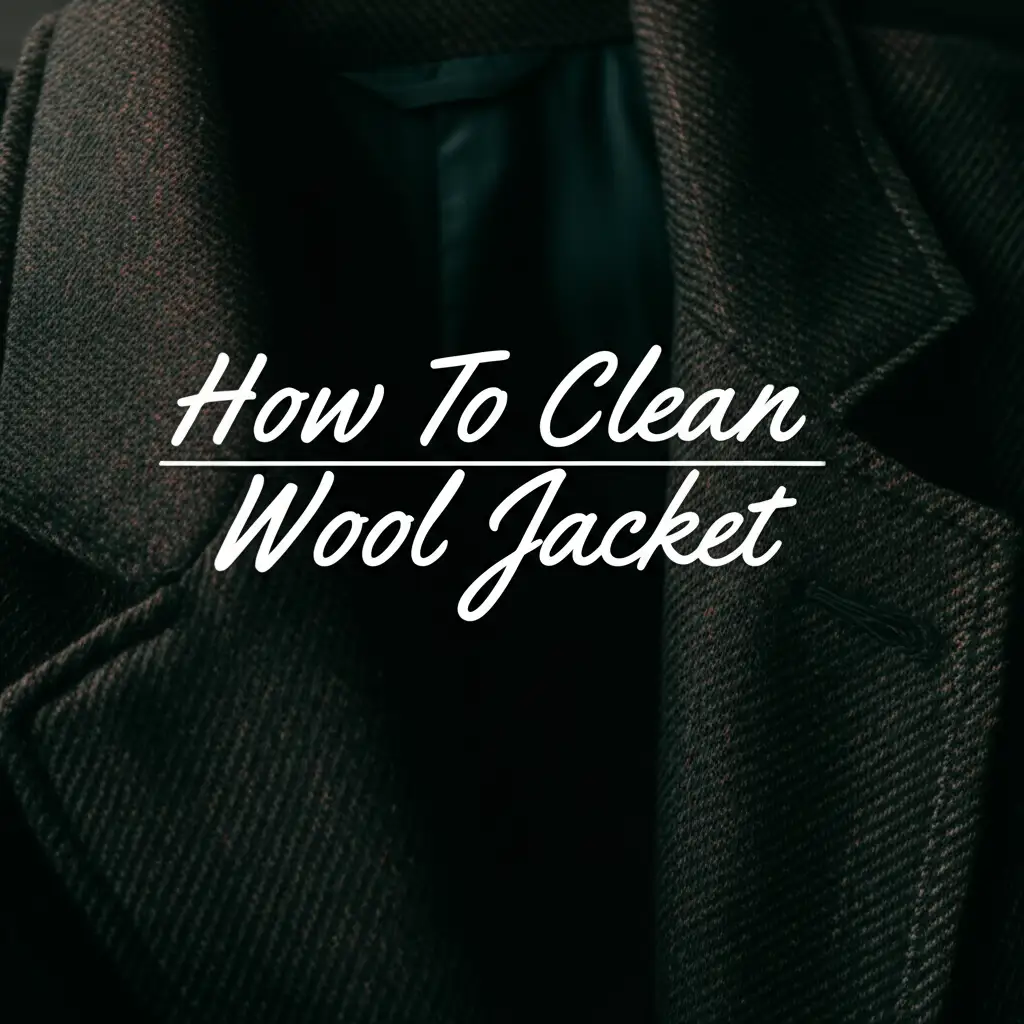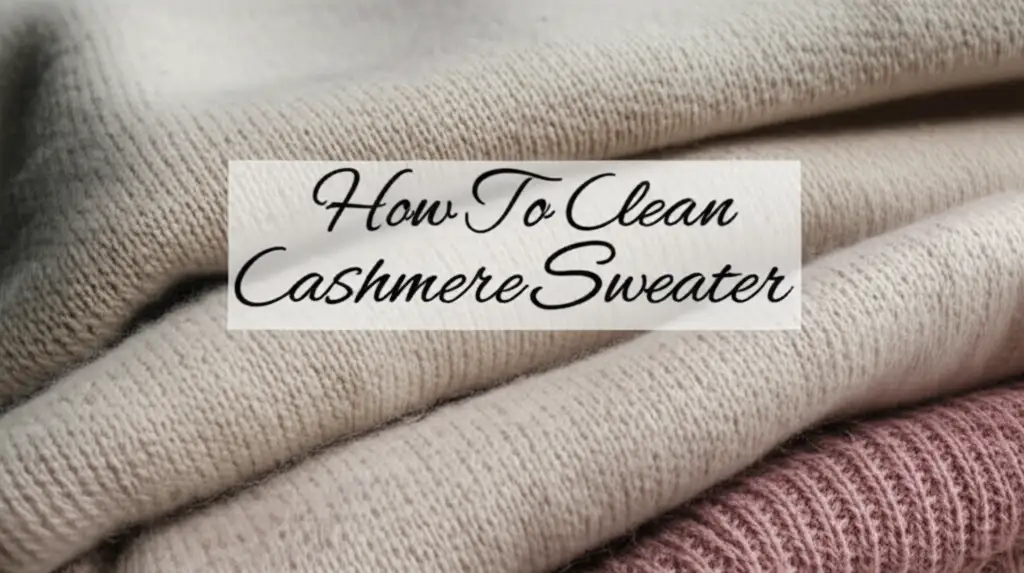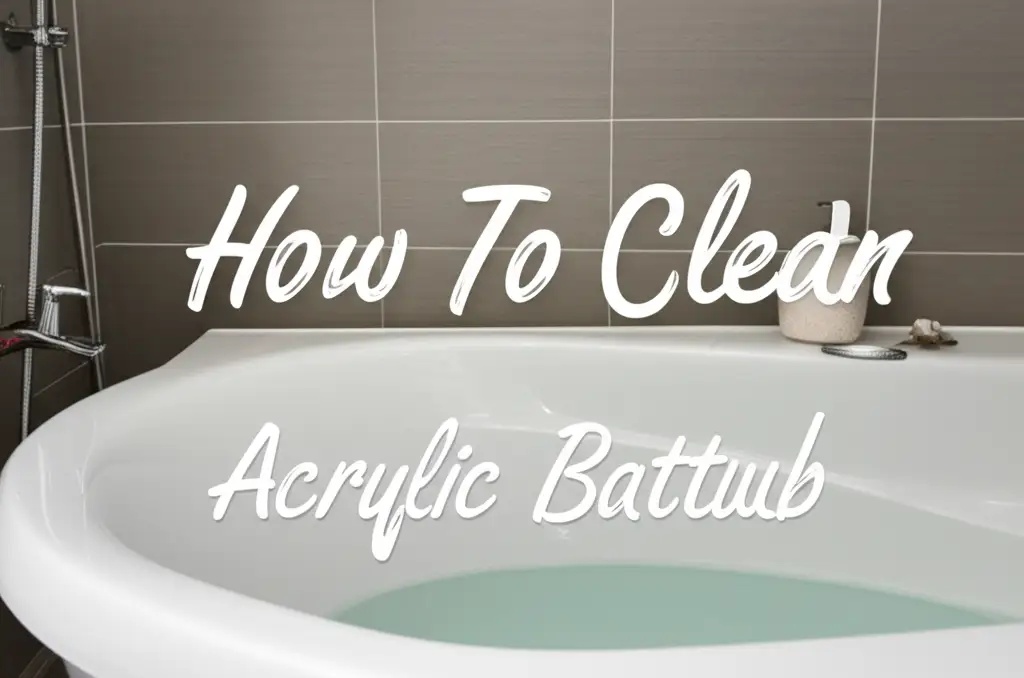· Horse Care · 7 min read
How To Clean Saddle Pads Without A Washing Machine

Keeping Your Horse’s Comfort: How To Clean Saddle Pads Without A Washing Machine
Ever find yourself needing to clean your saddle pads but lacking access to a washing machine? It’s a common situation for horse owners, especially those who travel to shows or ride at multiple locations. Maintaining clean saddle pads is crucial for your horse’s comfort and health, preventing skin irritation and infections. This article will guide you through several effective methods for cleaning saddle pads by hand, ensuring they remain fresh and functional. We’ll cover everything from pre-cleaning steps to drying techniques, so you can keep your equine partner happy and comfortable. Let’s dive in and learn how to keep those pads clean!
Takeaway:
- Regular cleaning prevents bacteria buildup.
- Hand washing is effective without a machine.
- Proper drying is essential to avoid mildew.
- Different pad materials require slightly different approaches.
Can you wash saddle pads by hand?
Yes, you absolutely can wash saddle pads by hand! While a washing machine is convenient, hand washing is a perfectly effective method, especially for delicate materials or when you’re on the go. It allows for more targeted cleaning and gentle handling of your pads.
Why Cleaning Saddle Pads is So Important
Saddle pads aren’t just for comfort; they’re a vital part of your horse’s hygiene. Think about everything a saddle pad absorbs during a ride: sweat, dirt, hair, and even potential bacteria. Leaving these build up can lead to skin issues like rubs, sores, and fungal infections. Regularly cleaning your saddle pads helps prevent these problems, keeping your horse comfortable and healthy. Plus, a clean pad simply performs better, providing the necessary cushioning and wicking away moisture effectively.
- Prevents Skin Irritation: Accumulated dirt and sweat can cause chafing.
- Reduces Bacterial Growth: Bacteria thrive in damp environments.
- Maintains Pad Performance: Clean pads wick moisture more effectively.
- Extends Pad Lifespan: Regular cleaning prevents material breakdown.
Gathering Your Supplies for Hand Washing
Before you start, gather everything you’ll need. This will make the process smoother and more efficient. You don’t need a lot of fancy equipment, just a few basic items. Having everything ready will save you time and effort.
- Large Tub or Basin: A sturdy container large enough to fully submerge the saddle pad.
- Horse-Safe Detergent: Specifically designed for horse laundry, or a mild, unscented liquid detergent. Avoid harsh chemicals.
- Warm Water: Not hot, as hot water can damage some pad materials.
- Soft Brush or Sponge: For gentle scrubbing.
- Rinse Bucket: A separate bucket for rinsing the pad.
- Clean Towels: For blotting excess water.
- Drying Rack or Flat Surface: For air drying.
Step-by-Step Guide to Hand Washing Your Saddle Pad
Now, let’s get down to the actual cleaning process. This method works well for most saddle pad materials, but always check the manufacturer’s instructions first. Remember to be gentle and thorough.
- Pre-Clean: Remove any loose dirt, hair, and debris with a curry comb or stiff brush. This prevents clogging your wash water.
- Soak: Fill your tub with warm water and add the horse-safe detergent. Submerge the saddle pad and let it soak for 15-30 minutes. This loosens dirt and grime.
- Wash: Gently scrub the pad with a soft brush or sponge, paying attention to areas with heavy soiling. Avoid harsh scrubbing, which can damage the fibers.
- Rinse: Drain the soapy water and refill the tub with clean, warm water. Rinse the pad thoroughly until all traces of detergent are gone. Residual detergent can irritate your horse’s skin.
- Blot: Gently blot the pad with clean towels to remove excess water. Do not wring or twist the pad, as this can distort its shape.
- Dry: Lay the pad flat on a clean drying rack or a clean, dry surface. Ensure good air circulation to prevent mildew. Avoid direct sunlight, which can fade colors.
Cleaning Different Types of Saddle Pads
Not all saddle pads are created equal. Different materials require slightly different care. Here’s a breakdown of how to handle some common types.
Cotton Saddle Pads
Cotton pads are relatively easy to clean. They can withstand gentle hand washing and are generally quite durable. However, they can take longer to dry than synthetic materials.
- Washing: Follow the general hand washing steps above.
- Drying: Ensure complete drying to prevent mildew.
- Tip: A small amount of white vinegar can be added to the rinse water to help brighten white cotton pads.
Wool Saddle Pads
Wool pads require extra care. They are delicate and can shrink or felt if not handled properly. Avoid harsh detergents and excessive agitation.
- Washing: Use a wool-specific detergent or a very mild soap. Gently hand wash and avoid scrubbing.
- Drying: Lay flat to dry, reshaping as needed. Never put wool pads in a dryer.
- Tip: Wool pads benefit from occasional lanolin treatments to maintain their softness and moisture-wicking properties.
Synthetic Saddle Pads (Microfiber, Gel, etc.)
Synthetic pads are generally easier to clean and dry quickly. However, some materials may be sensitive to certain detergents.
- Washing: Follow the general hand washing steps, using a horse-safe detergent.
- Drying: Air dry or tumble dry on a low heat setting (check the manufacturer’s instructions).
- Tip: Avoid using fabric softener on synthetic pads, as it can reduce their wicking ability. If you’re looking for ways to clean other areas, you might find this article on how to clean bathroom floor without a mop helpful.
Dealing with Stubborn Stains
Sometimes, despite your best efforts, stubborn stains remain. Here are a few tips for tackling those tricky spots.
- Sweat Stains: Pre-soak the pad in a solution of warm water and baking soda.
- Dirt Stains: Use a mild enzymatic cleaner specifically designed for horse laundry.
- Blood Stains: Rinse immediately with cold water. If the stain persists, use a hydrogen peroxide solution (test in an inconspicuous area first).
- Tip: Address stains as soon as possible for the best results.
Proper Drying Techniques to Prevent Mildew
Mildew is the enemy of clean saddle pads. It not only smells unpleasant but can also be harmful to your horse. Proper drying is crucial to prevent mildew growth.
- Air Circulation: Ensure good air circulation around the pad.
- Flat Drying: Lay the pad flat on a clean surface or drying rack.
- Avoid Direct Sunlight: Direct sunlight can fade colors and damage materials.
- Check for Dampness: Before storing, ensure the pad is completely dry to the touch.
FAQ: Your Saddle Pad Cleaning Questions Answered
Q: How often should I clean my saddle pads?
A: Ideally, clean your saddle pads after every ride, or at least every few rides, depending on the intensity of the work and how much your horse sweats. Regular cleaning prevents buildup and keeps your horse comfortable.
Q: Can I use regular laundry detergent on my saddle pads?
A: It’s best to avoid regular laundry detergent, as it can contain harsh chemicals that irritate your horse’s skin. Opt for a horse-safe detergent or a mild, unscented liquid detergent.
Q: How long does it take for a saddle pad to dry completely?
A: Drying time varies depending on the material and the humidity. Cotton pads can take 24-48 hours to dry, while synthetic pads may dry within a few hours.
Q: What if my saddle pad still smells after washing?
A: This could indicate residual detergent or mildew. Re-wash the pad with a small amount of baking soda added to the wash water. Ensure thorough rinsing and proper drying.
Conclusion: A Clean Pad is a Happy Horse
Cleaning your saddle pads without a washing machine is entirely achievable with a little effort and the right techniques. By following these steps, you can ensure your horse’s comfort, prevent skin issues, and extend the life of your valuable tack. Remember to choose the appropriate cleaning method for your pad’s material and prioritize thorough rinsing and drying. A clean saddle pad is a happy horse, and a happy horse makes for a happy rider! If you’re looking for more cleaning tips, you might find this article on how to clean kitchen mats helpful.




